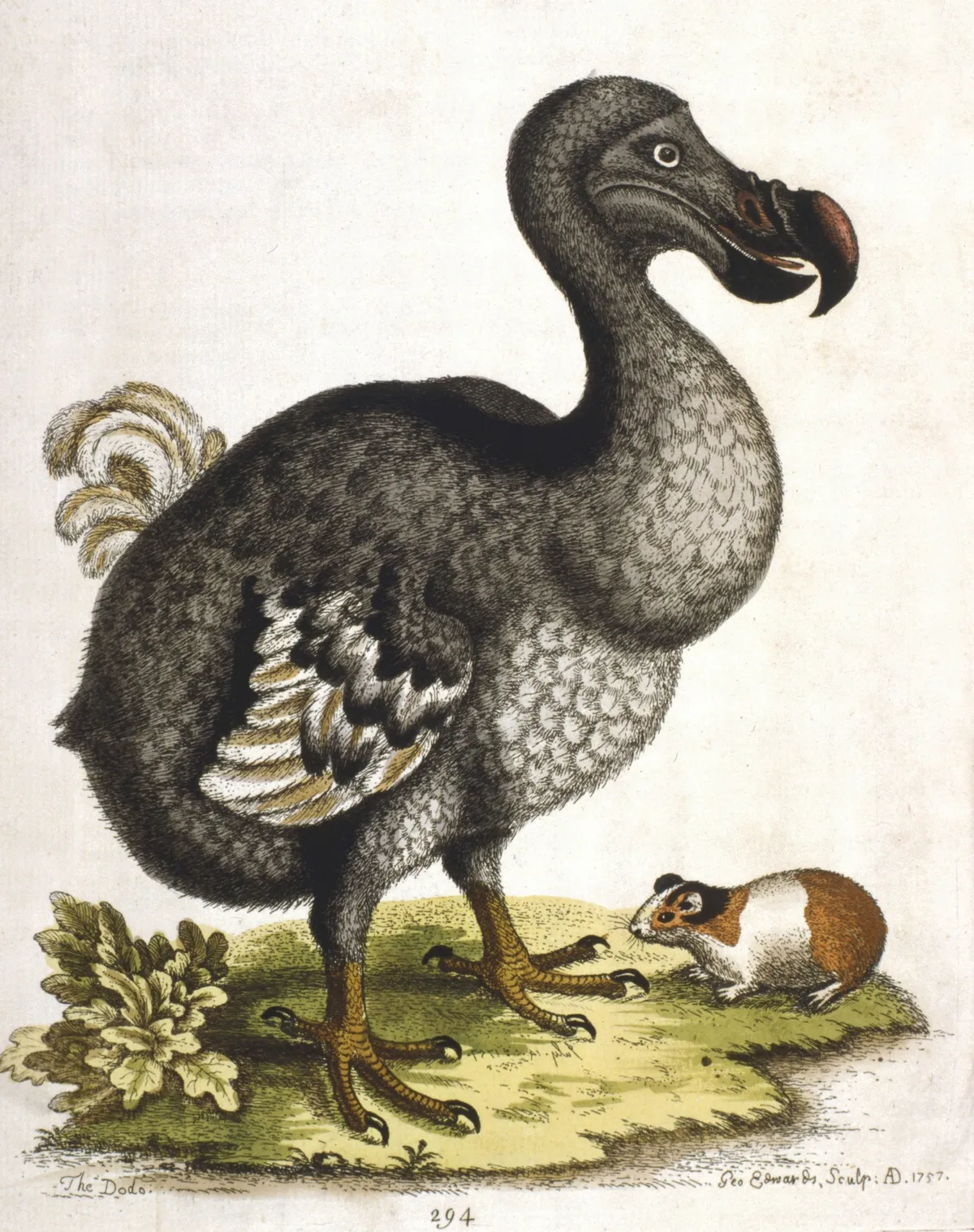A 12,000-year-old swamp in Mauritius has yielded a diverse array of bones from many extinct animals, including giant tortoises, giant skinks and dodos.
As well as these animal remains fossil plant seeds and pollen have been discovered. These diverse finds are allowing researchers to visualise the ecosystem in which the famous flightless bird lived, including the forests in which they once roamed and the other animals they encountered.
“This is very exciting because for the first time we have dodo bones that are well-dated and associated through time with other animals and plants,” says Dr Delphine Angst from the University of Bristol.
Dodos were endemic to the island but were wiped out in the 1600s, due to a combination of their tame nature and predation by the invasive cats, rats and dogs that were brought to Mauritius by European sailors.
Their rapid decline due to human activity has caused them to become a global symbol of extinction.

The age of the fossils makes this site particularly significant, as at 12,000 years old it is one of the oldest fossil sites in the Western Indian Ocean, after Aldabra and Madagascar.
This antiquity means that the sheer volume of remains is vast, with the researchers finding bones at a density of around 600 per cubic metre.

The team are able to ‘peel back the history of Mauritius layer by layer’ and by doing so better understand the ecology of the island.
The lead researcher of this excavation, and the man who went in search for and rediscovered the swamp in 2015, is Dr Julien Hume, from the Natural History Museum. He is very optimistic about the continuing contribution of the site to science.
“The amount we have and can learn from this one site is unprecedented,” Hume says. “Over the coming years I am sure many scientific discoveries will emerge from the soil here helping us to better understand the ecology of Mauritius’ past and so better help us protect its future.”
Main image: Working on the excavation pit. © Julia Heinen
